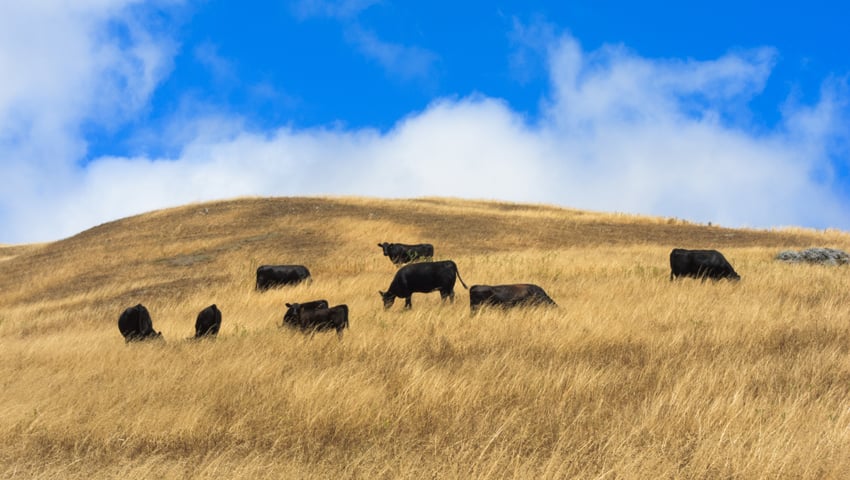A study by a team of US researchers, including Peter Byck, has investigated the response of vegetation, water infiltration and soil carbon to Adaptive Multi-Paddock and Conventional grazing on Southeastern US ranches.
The study was part of the multi-million dollar Carbon Cowboys research project.
The researchers examined Adaptive Multi-Paddock (AMP) grazed with short grazing events and planned recovery periods and paired ranches using Conventional Continuous Grazing (CG) at low stock density on vegetation, water infiltration, and soil carbon across Southeastern USA.
They found that AMP grazing supported substantially higher livestock stocking levels while providing significant improvements in vegetation, soil carbon, and water infiltration functions.
AMP grazing also significantly increased available forage nutrition for key constituents, and increased soil carbon to provide significant resource and economic benefits for improving ecological health, resilience, and durability of the family ranch.
For the study, additional biomass and plant species dominance diversity were measured in AMP grazed ranches.
Invasive perennial plant species richness and abundance increased with AMP grazing in the south, while in the north they increased on conventionally grazed ranches. The percentage of bare ground was significantly greater at the conventionally grazed sites in Alabama and Mississippi, with no difference at the Kentucky and mid-Alabama sites. Bare ground was greater on the AMP site in the Tennessee pair.
On average, surface water infiltration was higher on AMP than paired conventionally grazed ranches.
Averaged over all locations, soil organic carbon stocks to a depth of 1m were over 13% greater on AMP than conventionally grazed ranches, and standing crop biomass was 300% higher on AMP ranches.
In their conclusion, the researchers say that “Pairing of AMP and conventionally grazed ranches in the Southeastern USA started by matching biophysical conditions and confirmation of rancher operating practices and land use histories.
“This study suggests increases in soil organic carbon, and percentage fine litter, plant cover, and standing biomass under AMP grazing, with a concurrent decrease in bare soil, percent cow pats, compared to conventionally grazed ranches.
“These measurements, plus the higher AMP livestock stocking levels are important co-benefits and appear to be why AMP grazing participation by ranch owners and managers is a rapidly increasing grazing practice; ranchers both depend on and are benefiting from improving their land’s ecological health.
“Conventionally grazing ranchers passively manage their land and herds, except to produce hay and any soil related fertility amendments. AMP grazers closely monitor and maintain their forage supply such that they could support year-round feeding, without importing hay or having to add soil fertility amendments, providing multiple resource and economic benefits. The fundamental responses of the vegetation & soil systems (and soil microbial systems) we measured were closely tied to these two fundamentally different grazing practices.
